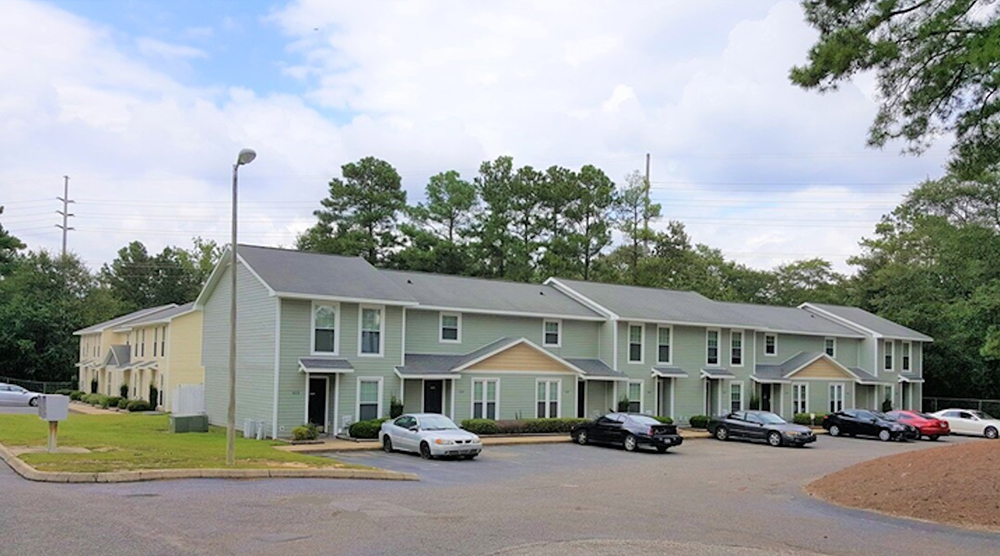News: Financial Digest
Posted: July 9, 2015
New Truth in Lending RESPA TRID rule good or bad?
The answer depends on who you speak to. The consumer remains disadvantaged by the current real estate mortgage process that often does not deliver the final HUD 1 Settlement Statement (HUD1) to the borrower until shortly before the closing of the loan. Because the HUD 1 contains the final figures setting forth what the borrower is being charged for the mortgage loan and contains the final adjustments in a purchase transaction it clearly needs to be in the hands of the borrower well before the day of closing. This just hasn't been the case for over a decade largely because there has been no regulatory requirement to get the borrower these figures ahead of time. It is also caused by the complicated and voluminous loan underwriting process that takes more time to approve a mortgage loan than ever before. Add to this the fact that most purchase transactions occur in the last week of the month, pushing lenders to their limits during that period.
As of October 3, 2015 the mortgage, real estate, and legal industries face the largest change in federal mortgage disclosure requirements since 2010. Pursuant to the Dodd-Frank Act, the Consumer Financial Protection Bureau (CFPB) has integrated the mortgage loan disclosures and has replaced the four existing disclosures for mortgage transactions with two new forms- the Loan Estimate (replacing the GFE) and the Closing Disclosure (replacing the HUD1).
The new Closing Disclosure both reiterates the Loan Estimate form information, contains the Truth In Lending notices and memorializes the settlement information. The Closing Disclosure must be delivered to the consumer a full three days prior to closing and, if there are certain changes during the three-day period, a re-disclosure must be issued with an additional three business day waiting period.
Real estate professionals should no longer expect to be able to make last-minute changes at the closing and real estate agents, closing attorneys and lenders should prepare their clients not to demand last-minute changes. In this new closing climate all three will need to work collaboratively to have all closing figures ready preferably at least 10-14 days prior to closing. The reason is that many lenders will be mailing the Closing Disclosure to the consumer. Although this seems rather archaic it is based on the CFPB's intimation that electronic transmission by will not be considered received until the consumer actually opens the email or document. Since the lender cannot depend on when the consumer will open it many will want a fail-safe delivery method. CFPB is relying on the legal doctrine called the "Mail Box Rule" which states that the notice is deemed delivered three business days after placing it with the US Postal Service. If there are changes after the issuance of the Closing Disclosure a new Closing Disclosure must be issued but unless it affects the APR, the loan program or adds a prepayment penalty then it can be issued up to the time of closing.
There is no question that this new process will present many challenges. From all accounts the mortgage industry will be ready come October. It will bring the business of closing a home purchase or a refinance back to a time when the buyer had ample time to review the figures of the transaction and arrange for delivery of their funds. By January we should see the system functioning as intended. The fines for non-compliance range from $10,000 to $1 million per occurrence. That's a real incentive to make it work!
Mike is vice president & chief operating officer of Kriss Law / Atlantic Closing & Escrow, LLC, Needham, Mass.
Tags:
Financial Digest
MORE FROM Financial Digest
Preservation of Affordable Housing secures $23.5 million in financing from Rockland Trust and Citizens Bank
Cambridge, MA The nonprofit Preservation of Affordable Housing (POAH) has secured $23.5 million in financing from Rockland Trust and Citizens Bank to transform a 150-year-old, underutilized church complex into housing. The project will ultimately create 46 affordable family-sized apartments.

Quick Hits
Columns and Thought Leadership

Examples of investors who used Kay Properties for legacy and estate planning purposes for rental property/portfolios - by Dwight Kay
Preserving wealth across multiple generations requires strategic planning, foresight, and the right investment vehicles. Delaware Statutory Trusts (DSTs) offer a powerful solution for families looking to build and protect their financial legacy and to efficiently plan for their estate.

Conn. hospitality market: A technical appraisal perspective on market dynamics and valuation challenges (2019-2025)
The Connecticut hospitality market has demonstrated uneven recovery patterns between 2019 and 2025, with boutique and historic properties achieving $125 RevPAR in 2025, up 8.7% from the 2019 level. Coastal resort properties achieved a $105 RevPAR in 2025, representing 10.5% growth since 2019. Casino corridor properties maintained modest growth with RevPAR improving 4.5% to $92 in 2025.








